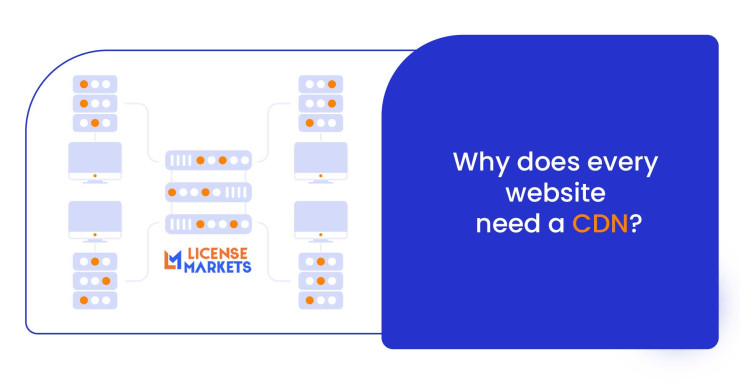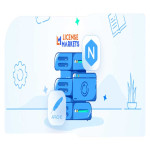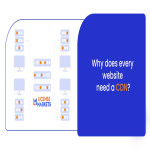High speed is very important for the site! In 2024, users don't like to wait a long time for web pages to load completely, and if they encounter such a thing, they will leave the site and go to its competitor.
Of course you don't want that to happen! Because if the work is going to continue like this, eventually your business will lose. Therefore, you should do your best to make the site speed as high as possible.
In this article, we want to talk about a mechanism that has proven its ability in this field. We want to take a look at cdn and see how this technology has become a necessity; What are the benefits and applications?
Let's first see what CDN is and then move on to the rest of the story.
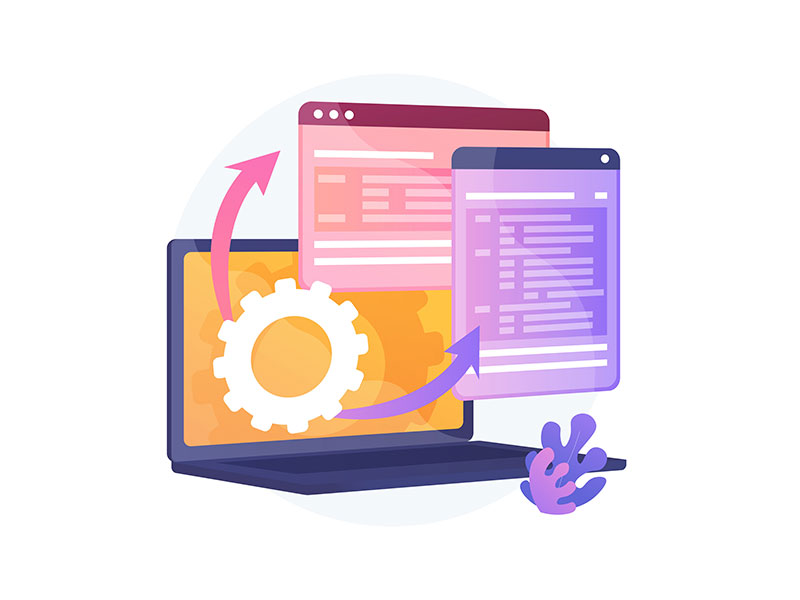
Let's go back a bit to better convey the concept of CDN or Content Distribution Network.
The contents of the sites that exist on the Internet and are exposed to the users of the global village are located on the servers. When you write the address of a site in your browser, you are actually sending a request to the server containing the site's files, and the server, in response, brings what you want to see on your screen.
It is interesting to know that the distance between the location of the user and the point where the server is located has a direct effect on the loading speed of the site! For example, when a user is in Austria and the site server is in England, it takes a relatively long time for the site pages to load.
Keep this in mind and let's see what CDN is and what role it plays in the Internet world.
Normally, only one server will be responsible for maintaining the contents of your site; Therefore, all visitors, from anywhere in the world who want to enter the site and use its content, must wait for the same server to receive a response; But with CDN, the situation will change completely.
In the simplest possible terms, it means a network consisting of several servers. When someone sets up a CDN for their site, their content will be cached or copied to all the servers in that network. As a result, every user who wants to enter that site receives the information from the nearest server, and therefore, the loading speed of the site improves significantly.
The previous classification we talked about separated content distribution networks depending on the geographical location of the servers.
Apart from that category, which was very general, CDNs are offered in 3 types, which differ in the way of transferring contents to users. If you agree, let's take a look at each type in a separate section.
Remember that the whole is like this:
We have a main server that hosts the original version of the content; Next to this main server, we have network servers (edge servers) that host the cache of the main version; That is, CDN servers get their information from the main server.
That being said, in order for a CDN to do its job properly, the cached information needs to be constantly updated. The update of edge servers (the same as network servers) is done in different ways.
In the approach known as Push CDN, site owners manually or sometimes automatically send new content to these servers. In this way, they make sure that the content distribution network has the latest version of the site's content and can best meet the needs of the visitors.
If you have a site that you update continuously and in short periods of time, this cdn model is the best approach that you can go for and take advantage of its features for your site.
This approach is the exact opposite of the previous approach, Push CDN! The working procedure in Pull CDN is such that the edge servers or CDN network servers receive the content from the main server when the user has registered such a request.
By adopting this approach, the amount of work that must be done by the site owner will be much less. In other words, the site owner's duty becomes lighter; But on the other hand, updating the CDN servers may face small and big delays; Because there is a possibility that the servers will not immediately respond to the site owner's request to cache the contents.
This type of CDN works with the well-known P2P protocol. Just like file sharing platforms like BitTorrent.
It might be a good idea to provide you with more information about this protocol.
It means a network structure in which devices and computers directly communicate with each other. The purpose of this work is to share resources and data, without needing to get help from a central server.
We can compare this protocol to a group project. A project in which all members have an active presence, instead of one person being responsible for maintaining and distributing data, all subscribers share whatever is available to them with other cohorts.
Going deeper into this protocol will distract us from the main topic. Just know that the third type of CDN works with this familiar protocol.
Above, we said that the content distribution network has a significant effect on increasing the speed of the site. Do you agree to talk more about this?
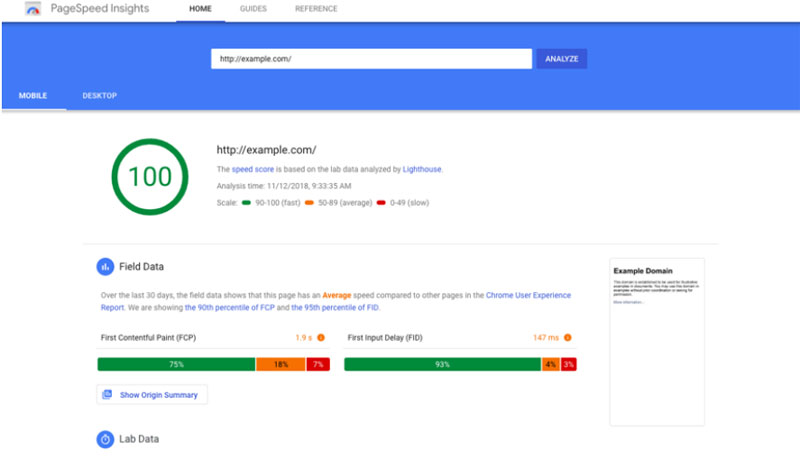
A lot! The influence of CDN on site speed is very high. The proof of this claim are the researches and reviews that have been conducted by reliable global sources.
For example, Cloudflare, which provides the most famous CDN around the world, conducted a detailed research, the results of which were really interesting. According to the information obtained, the content distribution network can reduce the loading time of the pages of a site by 50%; This means twice the speed!
Note: Of course, not all CDNs can achieve such an achievement. If you want to benefit from CDN, good quality of service is an important condition.
In addition to the research of this well-known company, the Google tool called PageSpeed Insights also confirms the initial claim in this section. This tool, whose data we are referring to, has the task of analyzing web pages from various aspects and offering suggestions to solve possible problems.
One of the factors considered by this tool among many other factors is having or not having a CDN. This shows how effective the content distribution network can be in increasing speed.
In addition, we also have case studies that show how useful and efficient CDN is. Next, we will examine how a site performs with and without a CDN.
Maybe you have been asked how this technology can be so fruitful?
If we want to say very generally, CDN significantly lowers the delay in delivering content to visitors by reducing bandwidth consumption and caching content from the main server.
Let us limit ourselves to this generalization; Because if we are going to go deeper into the story, we will lose the thread and we will get away from our discussion.
If you still doubt that having a content distribution network is necessary, read the next section carefully.
In short, the difference between sites with a CDN and those without is huge; But let's take a closer look at all aspects with a scrutinizing lens to finally present you with a more complete article.
As we said, thanks to the mechanism of this technology, the sites that use it are much faster. As a result, users who visit these sites will have a much better experience and this will benefit the site in many ways.
On the other hand, visitors to sites that don't have a CDN are faced with pages that take a long time to load, and as a result, they experience a mixture of frustration and anger. This is not good at all and will end up hurting the site.
Because the CDN distributes the traffic load between different servers, the pressure on the main server is reduced and this will ultimately lead to improved performance. In addition, if for any reason in a certain period of time, the incoming traffic increases more than usual, the number of servers makes it easier for the site owner to manage the visitors better; Whereas if you are going to rely on one server, it is likely that after an unexpected flood of visitors, that server will go down and the site will be unavailable.
In addition to all this, some CDN providers provide site owners with additional security features along with this technology. For example, features that reduce vulnerability to DDoS attacks; Or offering SSL certificates that you know will improve the security situation by several steps.
It is not bad to have the differences in the form of a table:
Undoubtedly, increasing the speed of loading pages is the most important and valuable advantage obtained by using this technology; But in addition to that, such networks, which we said have a prominent role in today's Internet world, bring other strengths to site owners, which we will review briefly in this section.
- Improving the user experience of visitors: The faster the speed, the more pleasant the experience for people visiting the site.
- Reducing the load of the main server: not all users are going to receive their response from the main server, and this issue will reduce the pressure on it.
- Increased scalability: Because the load of incoming traffic is shared between different servers, it will be possible to handle a much larger volume of incoming visitors.
- Improved security: Features such as countermeasures against common cyber attacks (such as DDoS) and SSL certificate increase site security.
- Cost savings: Content distribution network helps you save on hosting costs by reducing the load on the main server and reducing bandwidth usage.
- Global access (if an external cdn is provided): it doesn't matter which continent the visitor is on; With a valid external cdn, your site pages will be displayed with the best performance and quality for all people around the world.
- Improving the SEO of the site: increasing the speed, which we said is one of the most important advantages of CDN, leads to the improvement of the SEO of the site; Because speed is one of the most important factors for search engines; In addition, improving the user experience also sends another positive signal to Google and its partners that the site deserves to be placed in the top positions.
- Detailed analysis: Some content distribution network providers, along with the main mechanism of this technology that we talked about, provide valuable information about how users behave and how to distribute content to site owners. Information and data that you can use to optimize the site to the maximum.
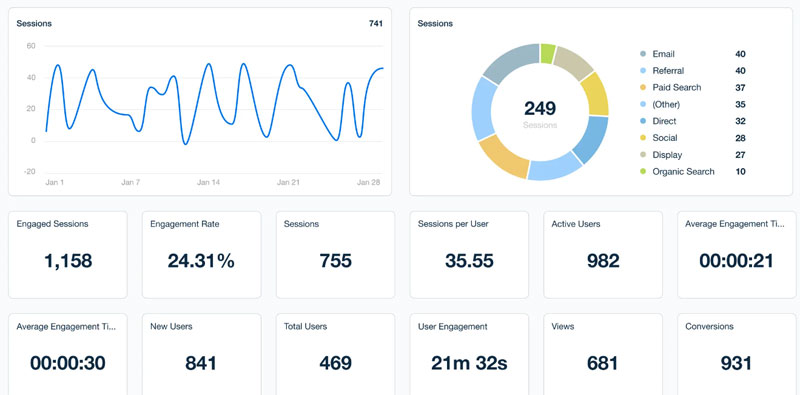
With a simple two to four, you will understand that the strengths of this technology completely outweigh its weaknesses and therefore, in any case, it is better to use it than not to go for it at all; This is exactly why you need such networks for your website!
But anyway, we decided to talk about CDN's evils and faults (however small) in this section.
Cost-effectiveness: We said above that the content distribution network ultimately leads to cost savings by dividing the load between different servers. That's right; But having a professional CDN site and maintaining it will cost you money.
Complexity: Setting up and properly configuring a CDN is not something everyone can handle; Especially those who do not have enough technical knowledge and are not well acquainted with this technology, will have problems with the complications created on the infrastructure of their site.
Reduced control and mastery over all aspects of the site: despite all the advantages, you should know that when you equip your site with this technology, part of the control over content transfer will be out of your hands.
Site blocking in some geographic locations: It has been seen that sometimes, the governments of some countries block access to the servers of a series of CDN providers. In such a situation, the residents of that area cannot visit the pages of the site with a blocked CDN.
A Content Delivery Network (CDN) is essential for optimizing website speed and performance in 2024. Learn how CDN reduces page loading time, improves user experience, increases security, and enhances your website’s SEO.
